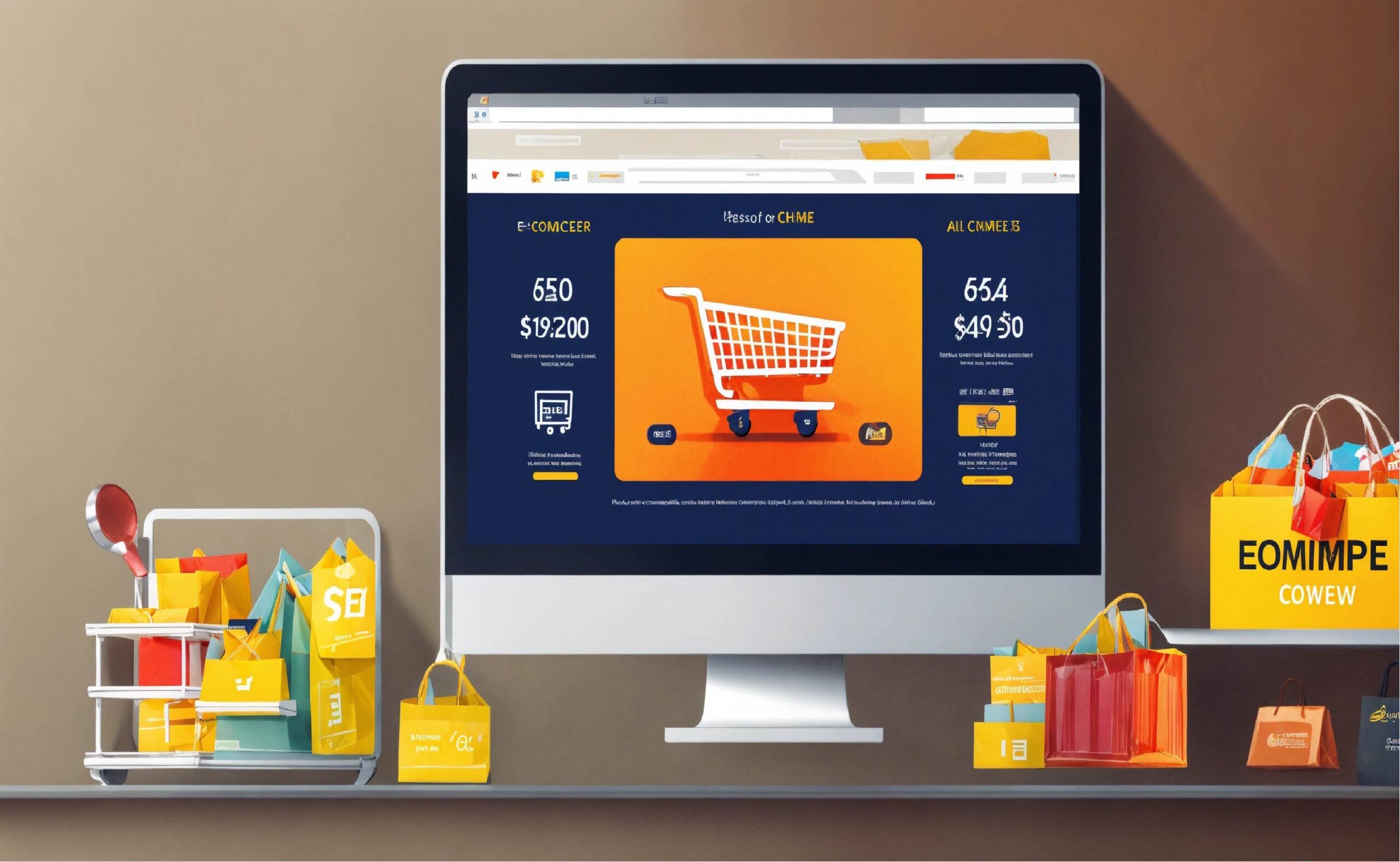Developpez votre application m-commerce: Sometimes known as m-commerce, mobile commerce has developed into a required component of corporate strategy for all kinds of companies in the modern digital age. Clearly, the great increase in tablet and smartphone usage has led to a boom in online activity on many other platforms.We will explore the evolution of an e-commerce application in this post, offering useful guidance, tactics, and best practices to enable you to flourish in this ever-changing environment.
Introduction to M-Commerce
What is M-Commerce?
Sometimes referred to as mobile commerce, M-commerce is the purchasing and selling of goods and services done using tablets and cellphones. While m-commerce focuses on transactions made on mobile devices, conventional e-commerce—done on desktop computers—is not so focused.
Why is M-Commerce Important?
The advent of cellphones has altered customer interaction with companies. According to recent figures, many people now conduct their internet buying on mobile devices. Mobile apps give consumers speed, convenience, and flexibility that they value. Ignoring this trend could mean passing on some great prospects.
Steps to Develop an M-Commerce Application
1. Define Your Application’s Goals
Clearly defining the objectives of your application is absolutely vital before starting development. Enquire of yourself the following:
Which issues does your application address?
What commercial goals would you wish to reach?
To whom are you aiming your work?
2. Analyze the Market and Competition
Investigate markets and rivals closely. Point up the advantages and disadvantages of rival apps and market trends. This will enable you to solve unmet customer needs and position your app especially
3. Choose Your Development Platform
Choose whether you wish to build a hybrid, native, or mobile web app. Each choice is briefly described here:
Designed especially for one platform—Android or iOS—native apps are Though they have more development expenses, they provide best performance.
Accessible via a web browser on a mobile device, mobile web apps Though their pricing is lower, their user experience may not be as flawless.
Hybrid apps are native and web versions mixed together. Although their development is less costly than that of native apps, their performance could not be like-minded.
4. Design the User Experience (UX)
Success of your software depends on the user experience design. Stressing:
Verify that your software has an aesthetically pleasing and simple to use user interface (UI).
Navigate Experience: Simplify the buying process and guarantee users may rapidly locate what they are seeking for.
Reactivity: Your app ought to run across many gadgets and screen sizes with excellence.
5. Develop Key Features
A good m-commerce application depends on some certain characteristics. The most significant ones are:
Product Catalogue: Show your items precisely with high-resolution pictures, thorough descriptions, and filtering choices.
Users of shopping carts may add items to a cart, change amounts, and view the whole cost prior to checkout.
Combine credit cards, PayPal, and mobile payments solutions among other safe payment options.
6. Ensure Security and Privacy
In m-commerce, security comes first. Put strong security policies into operation to guard consumer information and financial activities. Make sure your application follows pertinent GDPR or CCPA data protection rules.
7. Test Your Application
Test your application completely before starting to find and repair any problems. To guarantee a seamless user experience, test usability, functional, and performance aspects.
8. Launch and Promote Your App
Plan a launch once your app is ready. Share your app via social media, email marketing, and internet advertising among other outlets. Motivational users should be encouraged to submit reviews and comments in order to establish reputation and draw further ones
9. Monitor and Improve
Check the performance of your app constantly following launch. Track user behaviour, pinpoint areas needing work, and base data-driven decisions on analytics tools. Update your software often to improve user experience, introduce fresh features, and correct problems
Best Practices for M-Commerce Application Development
1. Focus on Mobile-First Design
Make sure your app is built with a mobile first perspective. This implies giving the mobile user experience top priority and making sure your app runs perfectly on lesser devices.
2. Optimize for Speed
Mobile business depends on speed. Make your software loads fast and offers a flawless user experience. Higher bounce rates and missed purchases could follow from slow-loading apps.
3. Implement Personalization
Personalisation tailors material and offers depending on user choices and behaviour, therefore improving the user experience. Utilise statistics to offer tailored advice and advertising campaigns.
4. Ensure Easy Navigation
Create your app with simple navigation to enable consumers to quickly locate products and finish purchases. Easy-to-access features, search capability, and clear menus help to improve user experience.
5. Provide Excellent Customer Support
Provide live chat, email, and phone customer help among other avenues. Respond to user questions and problems right away to foster satisfaction and trust.
Final Thoughts
Creating a good m-commerce application calls for careful design, implementation, and continuous improvement. Defining clear goals, knowing your market, selecting the correct platform, and emphasising user experience can help you to design an app that satisfies consumer wants and stimulates corporate development.
Invest in security; test extensively; and keep an eye on the functioning of your app to guarantee long-term success. With appropriate tactics and best practices, your m-commerce application may flourish in the competitive digital terrain.
FAQs
1. What is the difference between a native app and a hybrid app?
Designed particularly for one platform—Android or iOS—a native app provides best performance. Combining aspects of native and online apps, a hybrid app offers a more affordable solution but maybe reduced performance.
2. How can I ensure the security of my m-commerce app?
Put strong security policies into effect including compliance with data protection rules, encryption, and safe payment gateways. Frequent app updates help you to solve security flaws.
3. What are the key features to include in an m-commerce app?
Key elements are a shopping cart, product catalogue, safe payment methods, and order tracking. User experience can be improved with further elements such customer support and tailored recommendations.
4. How do I promote my m-commerce app effectively?
Share your app via email, social media, internet advertising, app store optimisation. Motivational user evaluations and comments help to establish reputation and draw in additional business.
5. What should I focus on during the testing phase of app development?
Throughout testing, give usability, functionality, and performance top priority. Make sure your software performs as expected on many devices and screen sizes; address any problems before release.




